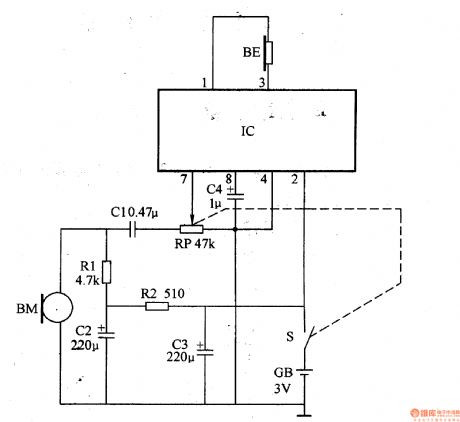
This would mean that a given hair cell would fire action potentials related to the frequency of the sound wave. The temporal theory of pitch perception asserts that frequency is coded by the activity level of a sensory neuron. Several theories have been proposed to account for pitch perception, they are temporal theory and place theory. Low-frequency sounds are lower pitched, and high-frequency sounds are higher pitched. Certain brain areas monitor these differences to construct where along a horizontal axis a sound originates.ĭifferent frequencies of sound waves are associated with differences in our perception of the pitch of those sounds. Interaural timing difference refers to the small difference in the time at which a given sound wave arrives at each ear. Interaural level difference refers to the fact that a sound coming from the right side of your body is more intense at your right ear than at your left ear because of the attenuation of the sound wave as it passes through your head. If a sound comes from an off-center location, it creates two types of binaural cues: interaural level differences and interaural timing differences.


The sound waves received by your two ears from sounds that come from directly above, below, in front, or behind you would be identical therefore, monaural cues are essential.īinaural cues, on the other hand, provide information on the location of a sound along a horizontal axis by relying on differences in patterns of vibration of the eardrum between our two ears. This interaction provides a monaural cue that is helpful in locating sounds that occur above or below and in front or behind us. Like the monocular and binocular cues that provided information about depth, the auditory system uses both monaural (one-eared) and binaural (two-eared) cues to localize sound.Įach pinna interacts with incoming sound waves differently, depending on the sound’s source relative to our bodies. Localizing sound could be considered similar to the way that we perceive depth in our visual fields. The ability to locate sound in our environments is an important part of hearing. Like the visual system, there is also evidence suggesting that information about auditory recognition and localization is processed in parallel streams. Auditory information is shuttled to the inferior colliculus, the medial geniculate nucleus of the thalamus, and finally to the auditory cortex in the temporal lobe of the brain for processing. As hair cells become activated, they generate neural impulses that travel along the auditory nerve to the brain. The activation of hair cells is a mechanical process: the stimulation of the hair cell ultimately leads to activation of the cell. The basilar membrane is a thin strip of tissue within the cochlea. As the stapes presses into the oval window, the fluid inside the cochlea begins to move, which in turn stimulates hair cells, which are auditory receptor cells of the inner ear embedded in the basilar membrane. As the ossicles move, the stapes presses into a thin membrane of the cochlea known as the oval window. This vibration results in movement of the three ossicles. Sound waves travel along the auditory canal and strike the tympanic membrane, causing it to vibrate. The cochlea separates sounds according to their place on the frequency spectrum. The vibrations of the ear drum cause oscillations in the three bones in the middle ear, the last of which sets the fluid in the cochlea in motion.

These waves travel along the auditory canal until they reach the ear drum, which vibrates in response to the change in pressure caused by the waves. Sound reception occurs at the ears, where the pinna collects, reflects, attenuates, or amplifies sound waves.

Hearing begins with pressure waves hitting the auditory canal and ends when the brain perceives sounds.


 0 kommentar(er)
0 kommentar(er)
